Editor – Sowmika Konduru ||
Forget the royal weddings you’ve watched on Netflix. Anant Ambani, heir to the Reliance
Industries empire, and Radhika Merchant’s recent nuptials redefined the term
“extravaganza.” We’re talking performances by global icons like Rihanna and Justin Bieber,
a guest list that could put Met Gala to shame, and a price tag estimated to be a cool ₹5,000
crore ($625 million)! But beyond the glitz and glam, this wedding had a surprising impact on
the Indian economy – and here’s why it matters to you.
The wedding market in India is enormous, with an estimated value of more than $130 billion.
These ostentatious parties, which frequently draw hundreds of people, opulent décor, and
celebrity appearances, have generated a lot of controversy. Do they have any deeper
economic importance, or are they just acts of conspicuous consumption? This essay will
examine this issue under the prism of a well-known Indian marriage: the union of
businessman Viren Merchant’s daughter Radhika Merchant and Anant Ambani, the scion of
the Reliance Industries empire.
The “Wed-in-India” Boost: Showcasing India on the World Stage
Remember all those A-list celebrities like Kim Kardashian and David Beckham gracing the
wedding photos? That wasn’t only decorative. Prime Minister Modi himself has been urging
affluent Indians to hold weddings in India, encouraging domestic tourism. The nuptials of
Anant and Radhika turned into a living showcase for India’s capacity for luxury. Imagine it as
a massive Instagram post that showcases to a worldwide audience India’s lavish venues,
exquisite hospitality, and event management prowess. This free publicity could potentially
draw more wealthy tourists, benefiting everything from upscale travel companies to the
regional craftspeople.
But what about the average young adult, miles away from the world of private jets and
celebrity performers? A wide range of services, including security guards and flowers, were
in high demand as a result of the enormous expense of the wedding. Despite their transient
nature, these professions were a source of money for many. Millions of Indians are also
employed in the wedding sector, which includes jobs for photographers and tailors. An
increase in general economic activity as a result of this newly acquired revenue being spent
on other products and services might be an indirect effect. Even if you weren’t serving
canapés to A-list celebrities directly, this “multiplier effect” can boost the local economy.
The Ripple Effect: A Wedding Worth Millions
Think of a wedding as a pebble dropped in a pond. The ripples spread outwards, affecting
countless businesses. Anant and Radhika’s wedding was like a boulder crashing into an
economic lake. Reservations for rooms in Mumbai’s luxury hotels reportedly shot up to Rs 5
lakh ($6,250) per night. Everyone involved in the wedding industry—caterers, decorators,
designers—saw a gold rush. The wedding is estimated to have brought in over Rs 1,000
crore ($125 million) for the hospitality sector alone. But the impact went way beyond
wedding bells. The average tariff at Taj Santacruz has risen to Rs 30,750 this week from Rs
19,765 a week ago. Similarly, tariffs at Hyatt have zoomed to Rs 16,150 this week, from Rs
11,682, a week ago(Business Standard).
These weddings are basically lord-of-the-rings-level productions with A-list planners,
designers, and coordinators who play the role of wedding Gandalf, wielding their magic
wands to make everything happen. And let’s not forget the army of vendors they control –
florists who could build a rainforest in a ballroom, and entertainers who would put on a show
that would shame Beyoncé (or at least her backup dancers).
The food and beverage industry has a field day too. Chefs are creating dishes with
ingredients that are so rare. This means more business for farmers, wholesalers, and
whoever else is in the supply chain of edible glitter.
And let’s not overlook the fashion bonanza. These high-profile weddings are essentially
walking, talking runways. Whatever the bride wears become the next must-have item, and
designers are lining up with their most outrageous creations. Local shops are also affected
by the trickle-down effect, as brides-to-be come in to imitate every move on a more realistic
budget.
The media jumps on this bandwagon faster than you can say “celeb sponsorship.”
Magazines, websites, and even those grainy footage channels fight over exclusive rights to
photos and videos. It’s basically the reality TV of weddings, just way more expensive and
with slightly less drama. Celebrity artists frequently appear at these weddings to further
sweeten the pot. After all, what would be a multimillion-dollar celebration without a little A-list
flair?
So, the next time you see a wedding hashtag trending on social media, remember – it’s
about more than simply two individuals falling in love. It has to do with a ripple economic
impact that affects everyone from flower farmers to designers of clothing. Imagine this: each
like and share is a small piece in the intricate system that sustains the opulent wedding
sector. Pretty glamorous, isn’t it?
In light of rising consumer expenditure, these opulent weddings support the expansion of the
service industry from a larger economic standpoint. They also have psychological effects,
encouraging aspiration and consumption in society. Some see this as encouraging needless
luxury, while others counter that it boosts the economy and sustains jobs in a variety of
industries.
Unquestionably, the wedding increased business, but it also raised consciousness about
India’s income inequality. Young adults, many facing student loans and a competitive job
market, couldn’t help but compare the extravagance to their own financial realities. This
sparked conversations on responsible spending and the moral ramifications of such an
extravagant gathering. The wedding turned into a case study in conspicuous consumerism,
raising concerns about the boundary between celebrating a milestone and excessive display
of wealth.
Critics contend that these extravagant shows of wealth exacerbate social inequity harsher.
India has a widening income disparity in spite of its economic success. While the Ambani’s
enjoy a lavish nine-figure wedding, millions of others find it difficult to make ends meet. This
paradox, sometimes known as the Robin Hood effect, poses moral dilemmas. Would it be
more beneficial to use these funds for infrastructure or social projects?
Additionally, the economic gain may not last long due to its transient nature. The
employment generated and the infrastructural improvements could not pay off when the
celebrations end. Smaller, non-luxury enterprises could not profit from the emphasis on
luxury products and services, resulting in an unequal distribution of the profits.
Strategic Investment: Beyond the Glitz
Let’s move beyond the dazzling facade. The wedding had strategic importance in addition to
being lavish. The Ambani’s hold a significant position in the Indian economy through their
Reliance Industries. Global business giants attended the celebrations, including presidents
of sovereign wealth funds and investment firms, as well as CEOs of large companies like HP
and GlaxoSmithKline. This huge guest list demonstrated Reliance Industries, owned by the
Ambani family, reach and power. A who’s who of international politics and industry made up
the guest list, which was effectively a massive networking opportunity. Deals could have
been struck, partnerships forged, and future collaborations initiated, all under the
shimmering lights of the wedding venue.
Moreover, the Ambani brand benefits from free publicity as a result of the event’s extensive
press coverage. It strengthens their reputation as a strong and prosperous conglomerate,
which may increase investor confidence and brand awareness. Consider it a large-scale,
celebrity-driven marketing campaign.
Politics and Power Play:
The presence of prominent political figures like Prime Minister Modi, former United States
Secretary John Kerry at the wedding adds another layer of intrigue. Such events can be
seen as a subtle display of political influence. The Ambani’s have a great deal of authority
because of their enormous wealth and business clout. One may see the wedding as an
attempt to promote goodwill and solidify political relations.
Critics may counter that these kinds of actions legitimise a system in which political influence
is directly correlated with wealth. It calls into question what constitutes equal opportunity and
fair play in a democracy.
Conclusion: A Fairytale with a Complex Economic Footprint
The wedding between Ambani and Merchant is a microcosm of India’s economy, which is
characterised by extreme wealth inequality and a thriving luxury market. The short-term
financial gains are unquestionable, but opinions on the long-term viability and social
ramifications are still contested. Maybe bridging the gap between pompous displays of
wealth and the general well-being of society is the real test of economic success.
So, the next time you hear about a billion-dollar wedding, don’t simply let the glitter trick you.
Examine more closely and ask yourself: What’s the real story behind the extravagant
celebration?









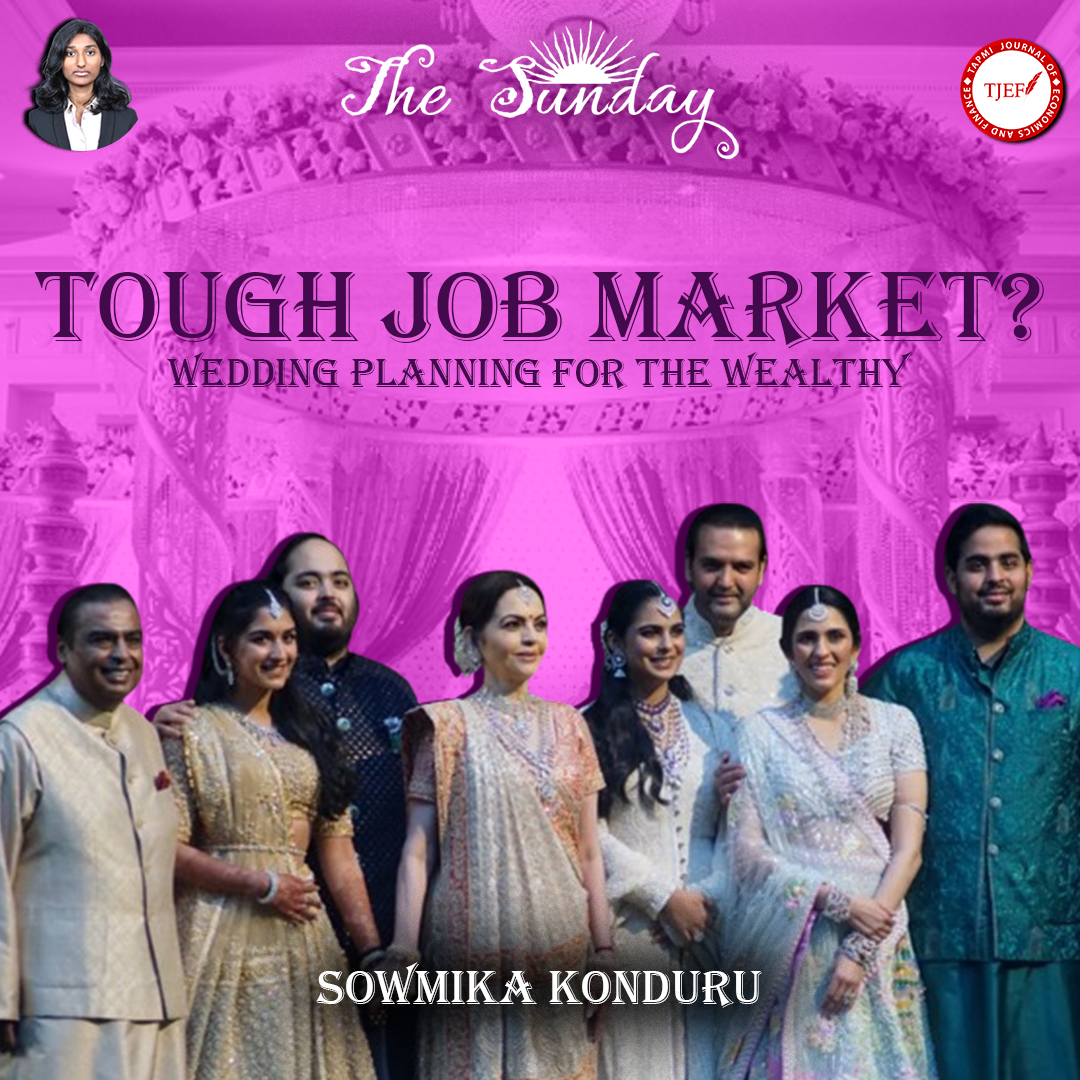


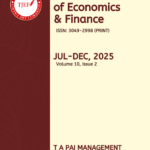
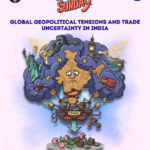


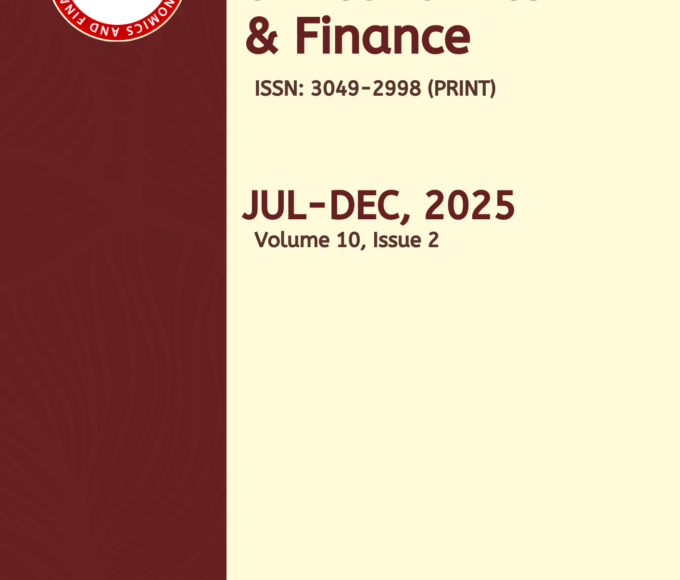
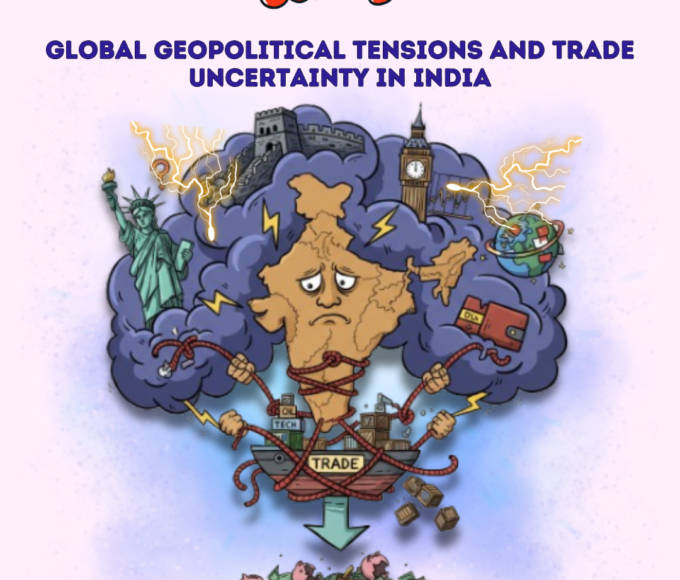
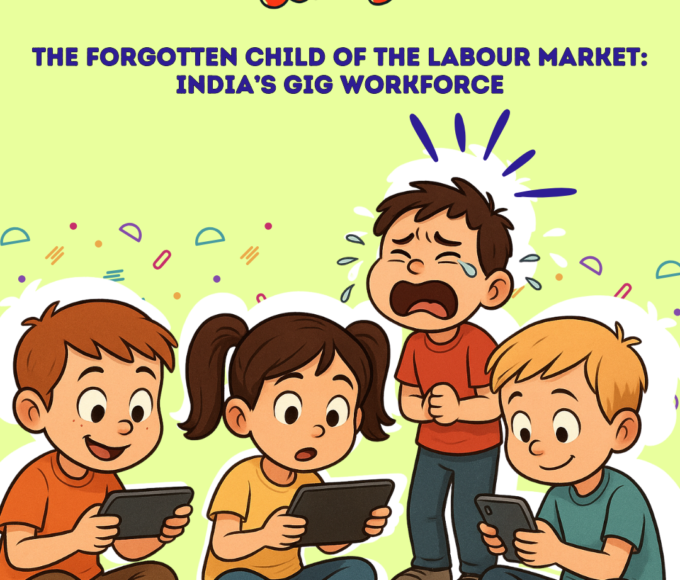
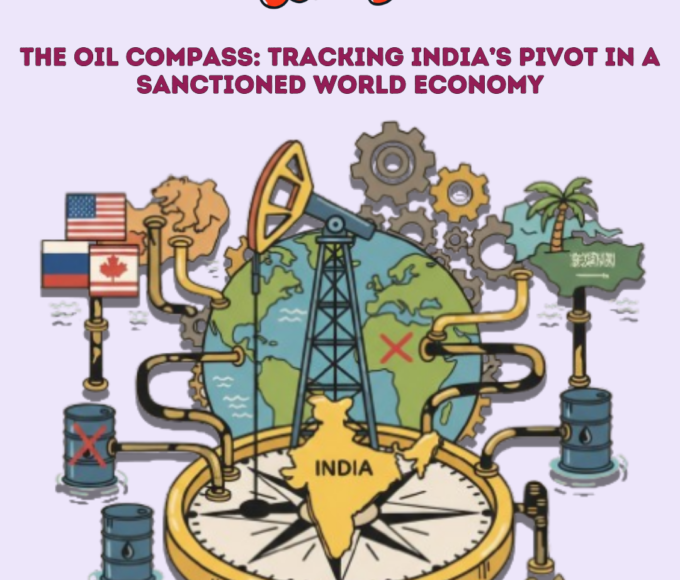
Leave a comment